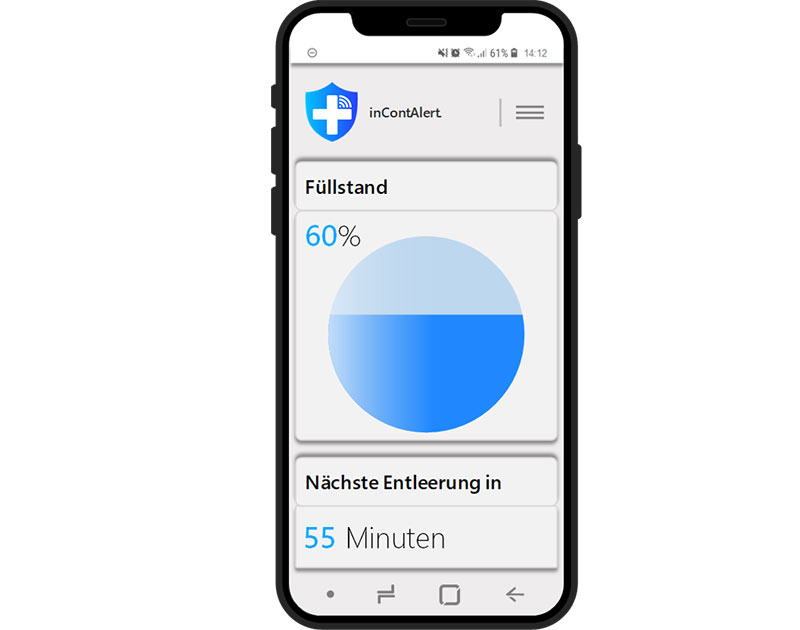Urinary incontinence is the involuntary leakage of urine. It happens because control over the urinary sphincter is either lost or weakened. Approximately 12.4% of women and 5% of men worldwide suffer from urinary incontinence.
inContAlert, a Bayreuth, Germany-based health-tech startup has developed a wearable sensor system for non-invasive measurement of the filling level of the urinary bladder. The device gives an alert to incontinence patients when a predefined and possibly critical level is reached. inContAlert thus minimizes the risk of uncontrolled loss of urine and allows a normal and jaunty life.
inContAlert took part in the 12th Healthcare Innovation World Cup® and triumphed as the TOP Internet of Medical Things Techprneur 2020, thrilling worldwide audiences at the virtual.MEDICA CONNECTED HEALTHCARE FORUM, the global leading forum for innovations in healthcare.
“During the past years, we found several partners, such as a huge German MedTech producer, an insurance company, and a homecare provider who could help us to achieve market readiness and bring inContAlert to the end-users,” said Jannik Lockl, CEO & Co-Founder of inContentAlert.
“Most importantly, we have grown up to 4 founders, all are young and motivated engineers with distinguished profiles. The team is the key behind our business, which is why we feel highly confident to achieve developing a device that changes lives throughout the whole world.”

The sensor
inConTAlert is a small non-invasive sensor system with an integrated communication unit that puts you back in control. No larger than a chewing gum box, barely noticeable, but filled with the latest technology.
The patented sensor unit consists of six LEDs, which shine in different wavelengths of the near-infrared range in the direction of the bladder in the abdomen.
The reflections of the LEDs are detected individually by a photo cell and then transmitted to the receiving device using low-energy Bluetooth.
Thanks to energy and space-saving components, the sensor can be worn continuously throughout the day without being uncomfortably bulky on the body. Fastened by a belly band, plaster or clipped to underwear, the inContAlert sensor rests a few centimeters above the pubic bone. Here it continuously measures the level of your bladder and then sends this information to the associated app on a smartphone, smartwatch or other receiving medium.
The App
With the help of the information sent, the app informs you about the current level of your bladder and when it will probably need to be emptied again. If a critical fill level is reached, the app also notifies you of this in order to enable timely, planned emptying.












